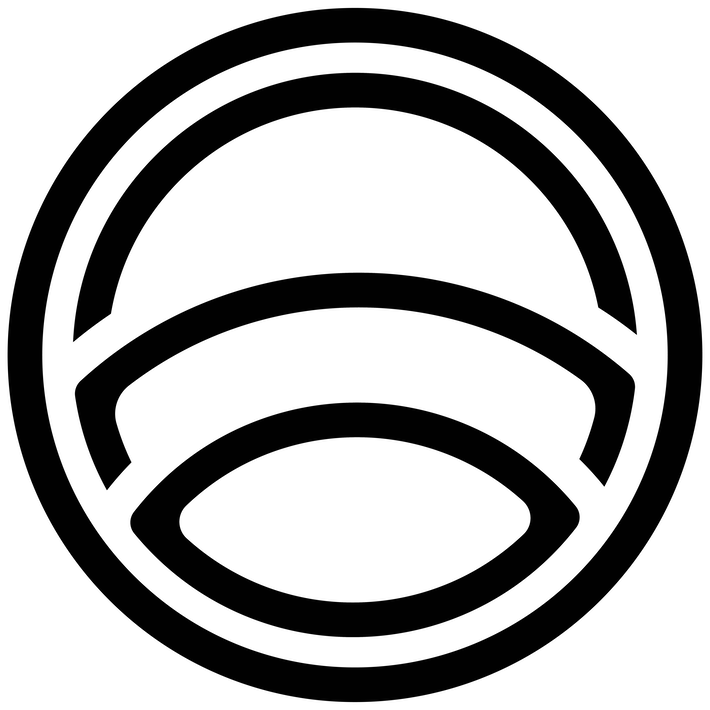Founders are meant to problem-solve. That’s what we do. We see the symptoms and notice the impact. We work to uncover the root cause, then make changes to fix the issue. We either experience the benefits of those changes—or we try again.
In typical founder ideology, if team performance is poor, we tend to determine the “bad apple” employee and say they’ve got to go—but that doesn’t fix performance. If the culture is terrible, we often put it to HR to “fix it”—but that direction doesn’t change the look on people’s faces when you, their leader, walk into the room. Sometimes when we have a challenge, we look around and, without being able to identify the source, point fingers at others. But in reality, the truth is more likely that the problem isn’t out there; it’s here, pointing right to you.
As great as founders can be at solving some problems, we’re not always good at solving them when the problem is ourselves.
So, what do you do when the problem is you? How can you discover it? What are the signs and symptoms to look for?
Well, I’ve been the problem before. And after great pains and some trial and error, I figured out a method that worked for me. Perhaps it can help you, too.
Step 1 of solving a problem is realizing you have a problem
In the early years of my entrepreneurial career growing Commonwealth Joe from a small, mother-son coffee roasting company into a multi-million dollar B2B services operation, I started off intensely passionate, highly motivated, on fire and in flow all the time. After all, I was creating my masterpiece and dedicating every hour of every day to do so with limitless energy. I felt unstoppable.
Meanwhile, I was also abandoning relationships, losing weight, not sleeping, working every weekend, never relaxing, taking no trips or vacations, and going to no gatherings. The friends I did see told me to “relax,” but I couldn’t hear the message or understand why they said it. Even my mom called and asked why she hadn’t heard from me in three months. I hadn’t even noticed it had been that long—time went by in the blink of an eye.
Noticing the symptoms
Over time, though, I began to feel dissatisfied, drained, angry, and disconnected. I was like one big, dark stormcloud at work, wanting only to be alone in my office, frequently blaming others and resorting to angry outbursts. I started questioning my long-term participation in the business, wondering, Am I on the right path?
I also felt deeply that nothing was “enough.” I didn’t have enough time or enough money; I, myself, wasn’t enough in comparison with those around me. And yet, I continued to shove my feelings aside and close myself off from everyone and everything.
However, the constant grind and growing self-mistrust and loathing eventually broke me down. I started realizing that I wasn’t living the life I had intended for myself, and it was me that needed to drive a change, not anyone around me—not my team. . . . But I wasn’t sure what that change was.
Analyzing the data
So, I began a journey to diagnose and solve the problem, starting with some journal analysis. I reread eight years of journal entries—yes, eight—and used them as my data set. Seeing my frequent refrains in the entries, I pulled out the main themes that came up again and again:
- I struggle with being too busy, taking steps back, and reflecting alone.
- I need help developing my vision and setting direction.
- I want to help, care about, and do right by others.
- I crave feelings of importance and love.
- I desire control, especially of my own emotions and thoughts.
- I want to build myself out of this job.
Once I identified the themes, I asked questions about each thematic issue:
- What situations cause busyness? What prevents me from reflecting?
- What blocks me from creating a clear vision?
- Who do I really care about? What about them do I care about? What does “doing right” mean to me?
- What do others do that make me feel loved?
- What types of thoughts need to be reeled in the most?
- What must be true to create the role and life I want?
Naturally, then, I answered those questions:
- What situations cause busyness? What prevents me from reflecting?
- When I don’t let go of work
- When I don’t effectively delegate to others, which happens when I don’t trust others to complete the work necessary
- Lack of time: spending too much time “doing” and little of my time “thinking” or noticing patterns
- Lack of space: spending too much time with others and not enough time alone
- Lack of know-how: getting started is hard, and it’s hard to know what to do
- What blocks me from creating a clear vision?
- Lack of knowing myself and knowing exactly what I want—which makes it hard to communicate and leaves people randomly guessing, myself included
- The separation of random insight and ideas
- Focusing on other things that aren’t vision development—and being too busy
- Who do I really care about? What about them do I care about? What does “doing right” mean to me?
- I care about people being their best.
- I love seeing people excelling and getting what they want.
- I care when people open up and share their deepest self with me.
- I care about loyalty and that folks work hard and are a part of my team.
- What do others do that make me feel loved?
- I’ve felt love when others have gone to great lengths to help me. When my friends drove me to the hospital for my son’s birth, helped me take care of my son when I needed it, lent an ear for me to share relationship problems, and stood by me during my lowest points. These moments make me feel the most loved.
- I also feel love giving what I can to those in need. It feels like love to help people.
- What types of thoughts need to be reeled in the most?
- The thoughts comparing myself to others
- The thoughts of self-doubt and the ones that tell me I can’t
- The worrying about the future, playing the scenarios out through my head, and getting mad at others for conversations we didn’t have
Once I looked through all of my answers, I used them to see what it was I really wanted to change and then set goals for myself based off of that. These were my goals:
- Connect with your vision and mission.
- Be as present as possible.
- Collect feedback from mentors and close friends.
- Understand my strengths, temperament, and biology.
- Clarify values and interests.
Shift thinking from subjective rationalization to objective assessment.
Making the changes
With my goals fresh and in mind, I started making changes to align my actions and behaviors directly with those goals and truly prioritize them.
I started with my team leadership. I set clear roles and responsibilities for and with my team and gave promotions to individuals that were ready for the next level. I delegated roughly 100 percent of the tasks on my plate, entrusting my team with specific business outcomes, including the company’s highest-priority project of completing our scaled coffee production facility. I invested in regular one-on-one coaching sessions with every direct report I had to help support them with their challenges. And I removed over half of the recurring meetings from my schedule and unfollowed over 90 percent of the Slack channels I’d been on, which empowered the rest of the team to drive results without my constant oversight.
I also made personal changes. I gave myself permission to take significant time off to rest, relax, and enjoy my life. I got a business coach to help me navigate my own negative self-talk and learn how to overcome it. I took personality assessments, sleep assessments, and even food allergy tests to better understand my body and mind, and then aligned my habits and schedule to my own natural flows of energy throughout the day. I figured out the way I wanted to live my life, as opposed to the way I was living and thought I needed to live.
And at the company level, I worked with the CEO and leadership team to build a long-term vision and strategy to help everyone in the organization rally around the same mission and know what we were working towards. I facilitated internal sessions across the leadership team and entire company to more fully articulate the vision, establish our objectives, and remove any bottlenecks to help the team get there. We began solving the constant, unproductive in-fighting happening with three particular teams inside the company. We brought in external leadership coaches and advisors to level-up our game as leaders all the way around and get us focused on the right things.
Ultimately, the biggest change I made was to leave. In what was the toughest decision of my life, I chose to opt out of the company and replace myself as COO.
Seeing the benefits
With the clear motivations and self-awareness behind these changes, I saw for myself, and we saw for the company, some pretty incredible outcomes.
Commonwealth Joe earned more revenue month-over-month than ever before, and our top priorities were actually getting accomplished. With more autonomy and authority in their roles, our employees’ engagement exploded. Because the teams were aligned to broader company goals, too, even siloed teams worked in flow instead of in friction. We also started tracking revenue, expenses, profit, ROIs and KPIs routinely to validate that we were moving in the right direction. We aggressively cut costs in unproductive sections of the business.
Personally, my day-to-day became much freer, allowing me to focus on the hard problems and big questions, like our long-term vision and strategy. My connection to myself and my intuition—my authentic me—also deepened, removing social pressures and barriers to my thinking. I was able to cultivate my wants and desires and increase my competency in living according to them. I gained much more control and confidence and, in the end, determined that it was time for me to leave the company. It was no longer the best cultural, professional, or personal fit for me.
Self-awareness wins
The benefits of self-awareness are massive for everyone involved. But it’s not always clear how to cultivate awareness as a personal practice, much less for a company. As a very process-based, data-driven person, I needed to find—or create—a process that would be transparent, replicable, and practical in order to know I could do it again and rely on it moving forward. For those like me, especially fixer-brained, problem-solving founders, this process might be your ticket to fixing the biggest problem you will face: you.







